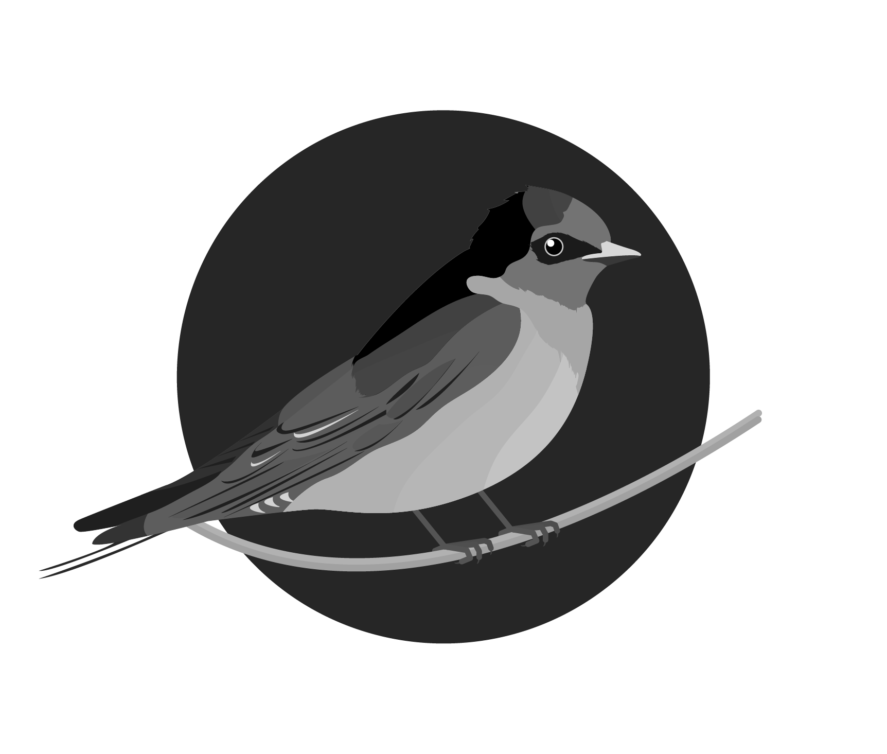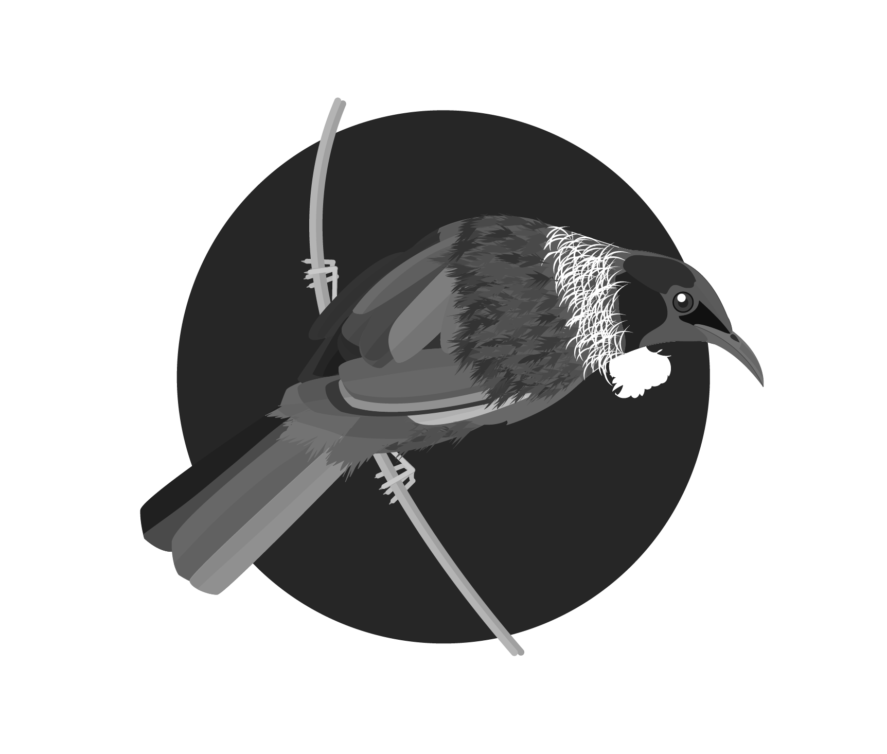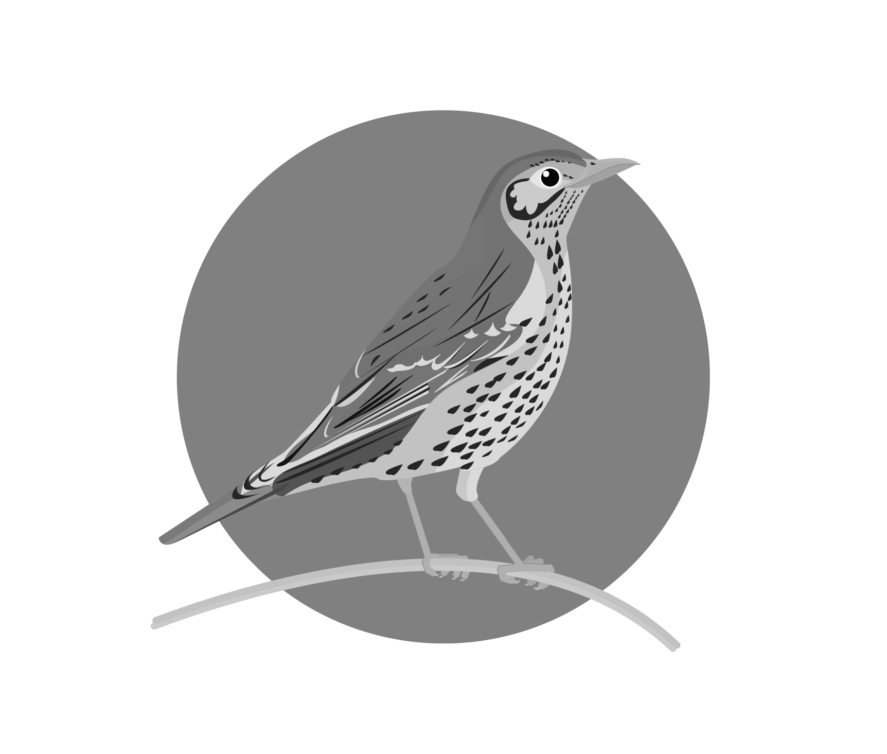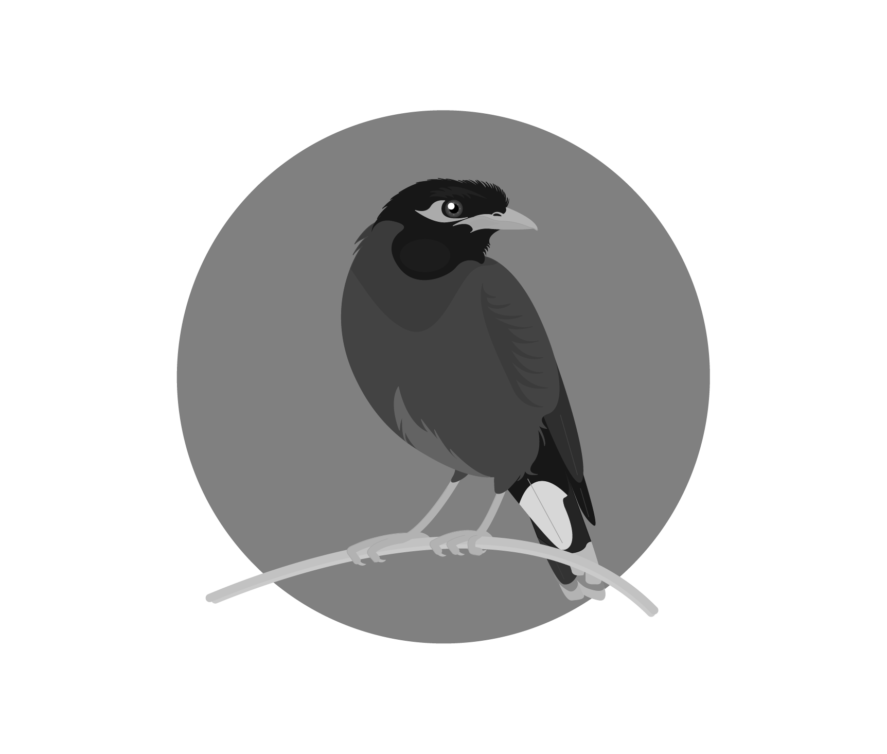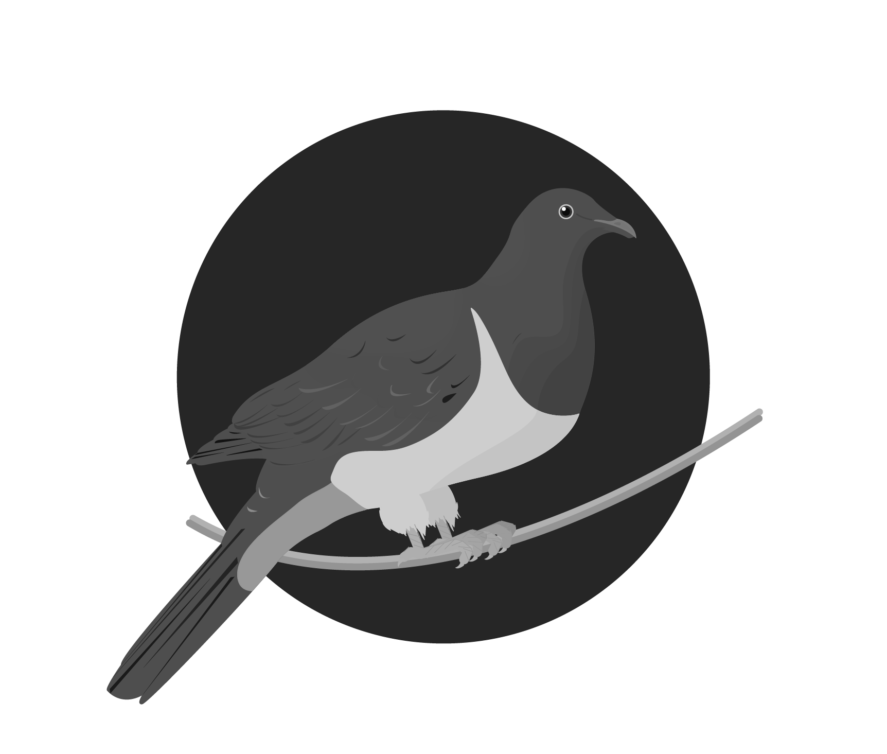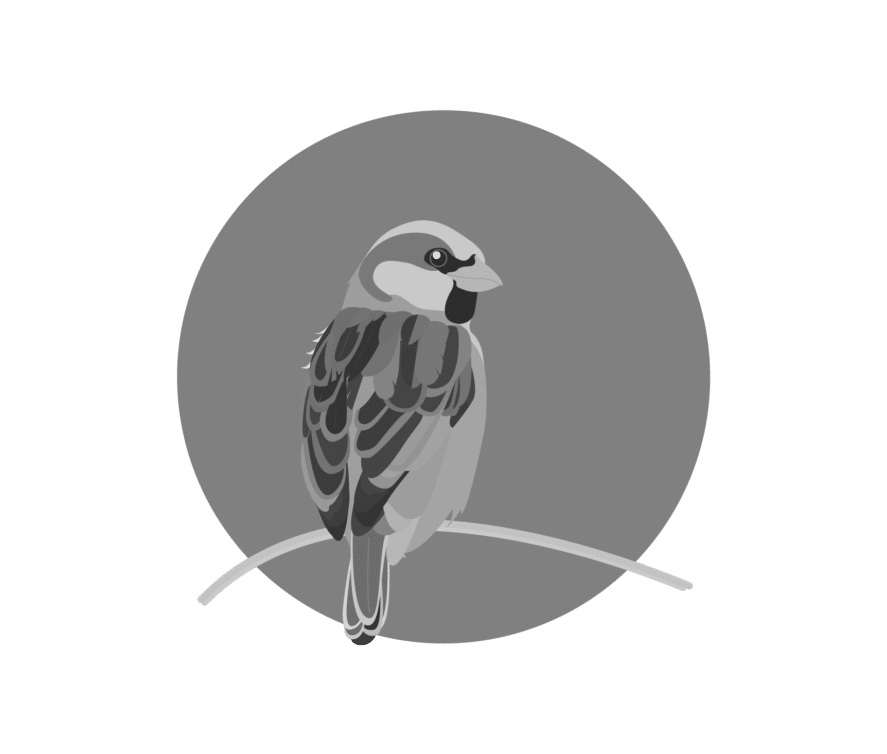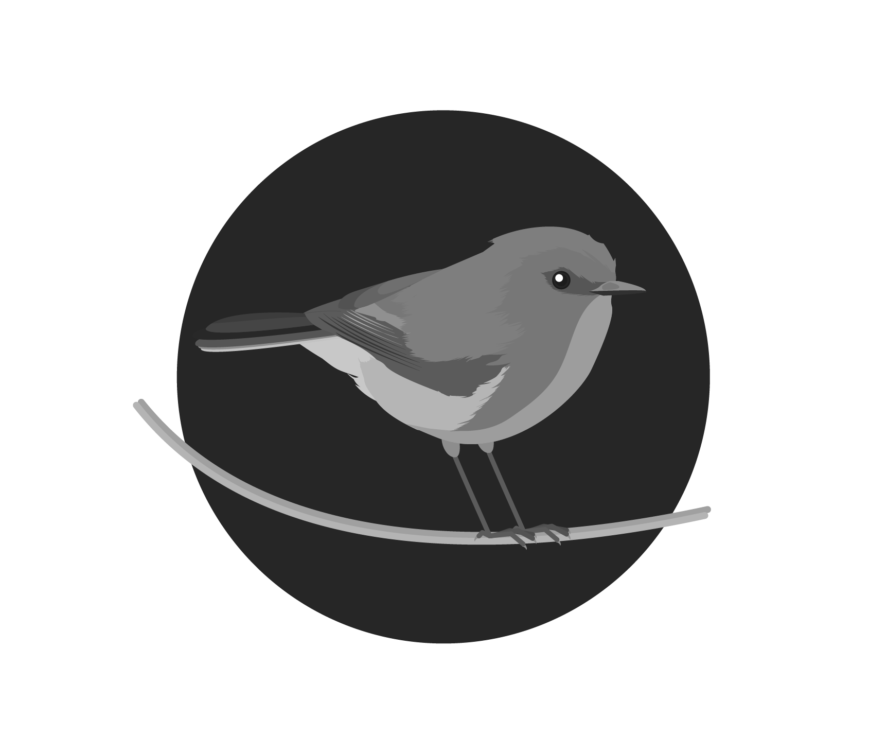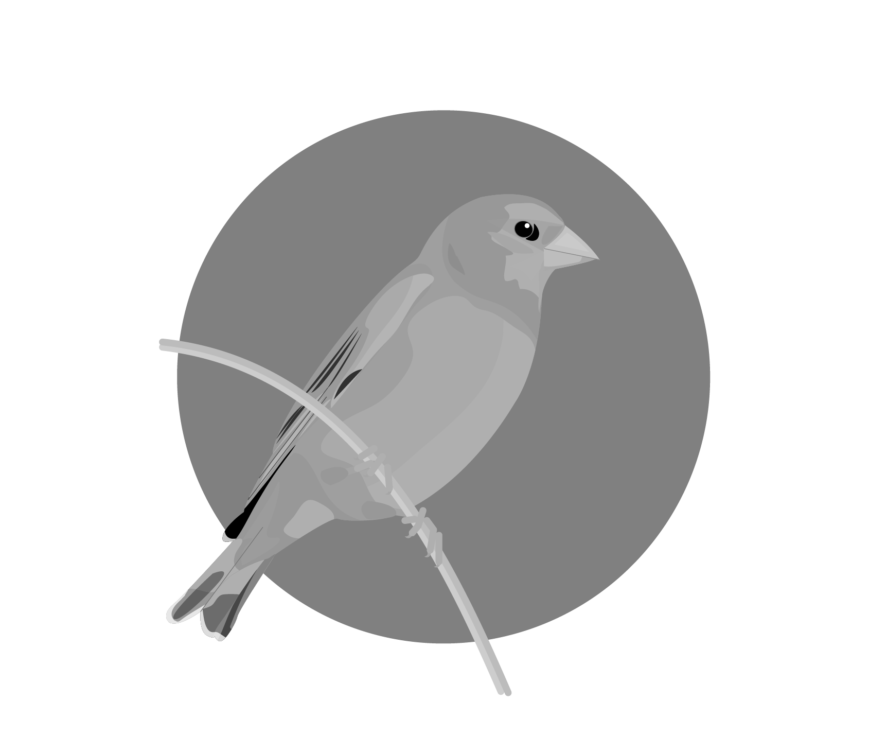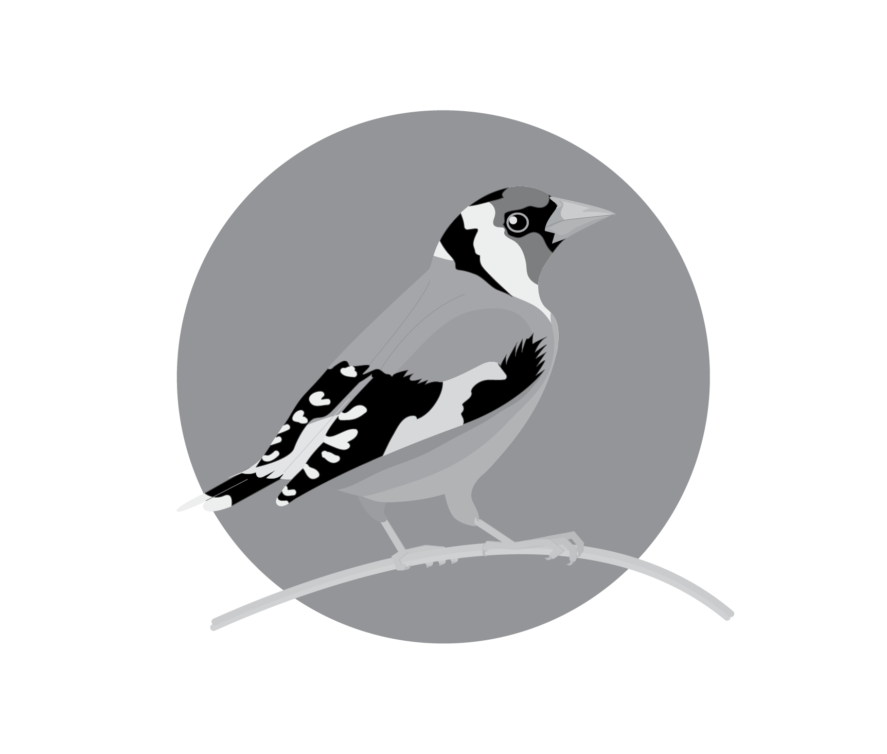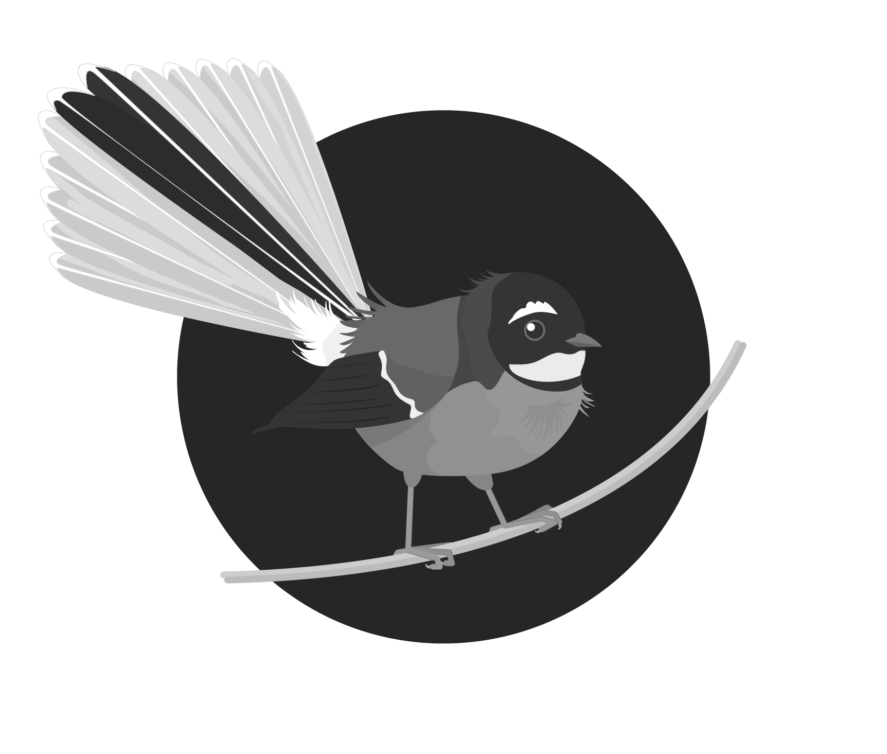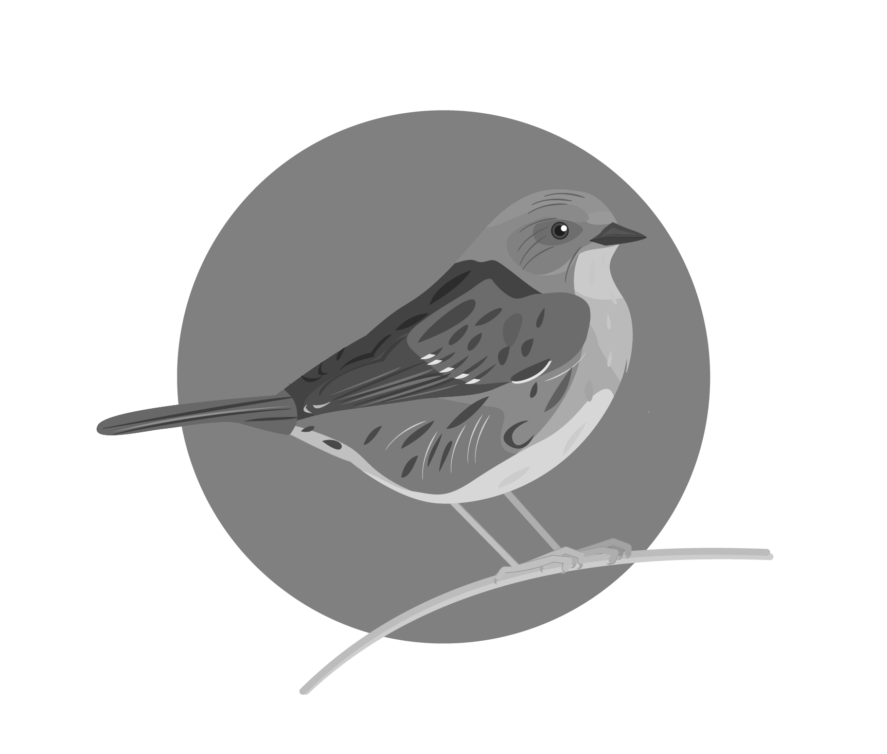-
Troppo Plant & Garden Articles
- Delicious Recipes
- TROPPO’s Food Forest in Te Puke, BOP (www,foodforest.org.nz)
- Troppo’s Plant Collection
- TROPPO's Nursery Directory
- Food Forests of New Zealand (www.foodforests.nz)
- Nursery Map - Plant Suppliers of NZ Directory (www.nurserymap.nz)
- Kids Garden Corner
- New Zealand Garden Bird Survey
- New Zealand Garden Groups
Starling
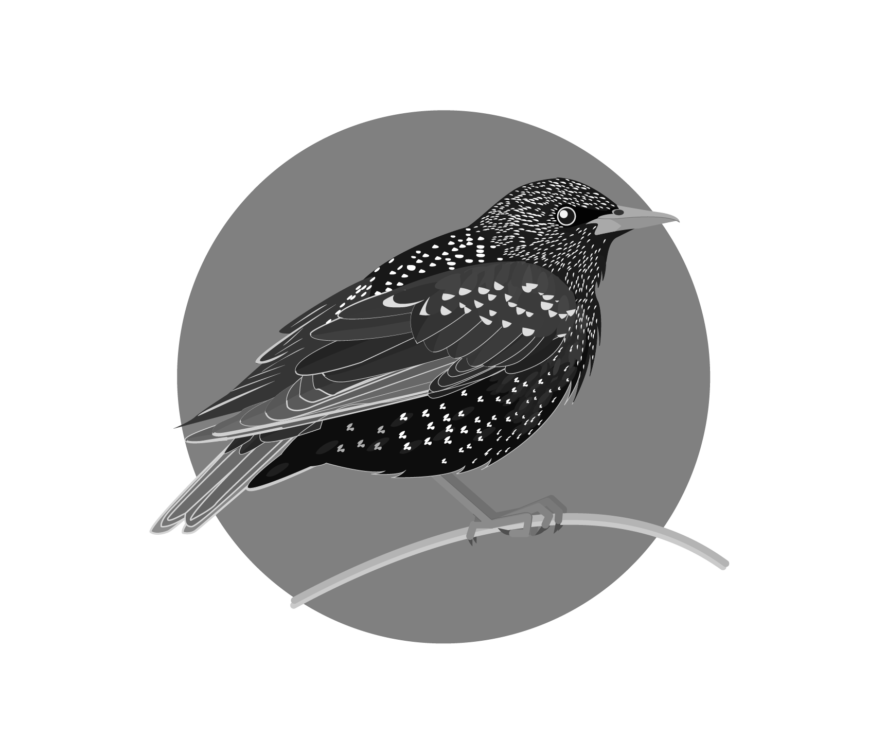
The Versatile Starling of New Zealand
The Starling (Sturnus vulgaris), introduced to New Zealand from Europe in the 19th century, is a highly adaptable and versatile bird. Known for its iridescent plumage and diverse vocalizations, the Starling has become a common and widespread presence in both urban and rural areas across the country.
Appearance
Starlings are medium-sized birds, about 21 cm in length. They have glossy black feathers with a green and purple sheen, especially noticeable in sunlight. During the winter, their plumage is speckled with white spots. Their beaks are yellow in the breeding season and darker in the winter. Both males and females share similar plumage.
Habitat and Distribution
Starlings are found throughout New Zealand, inhabiting a variety of environments including urban areas, farmland, grasslands, and forests. Their adaptability to different habitats and food sources has allowed them to establish stable populations across the country.
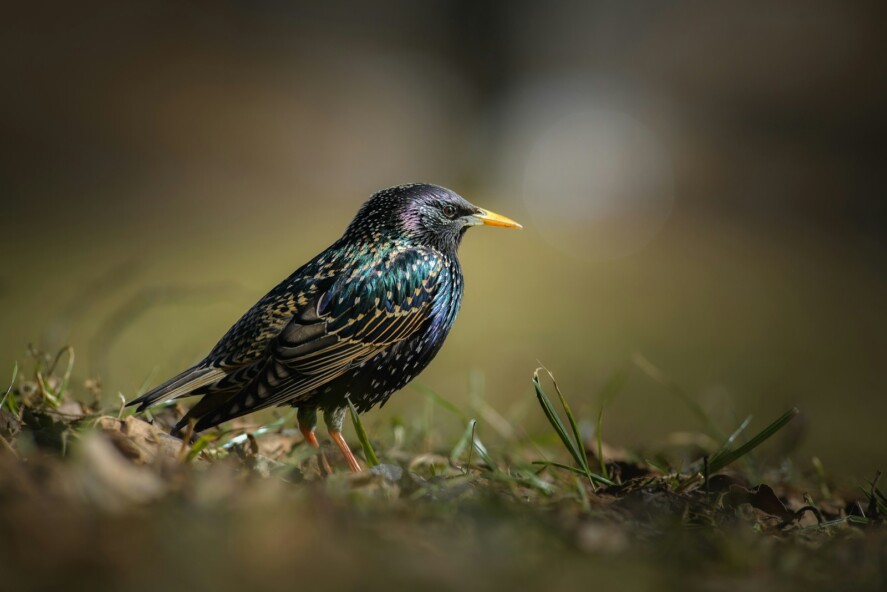
Photo by Daniil Komov on Unsplash
Diet
The diet of Starlings is highly varied and opportunistic. They feed on insects, fruits, seeds, and food scraps. In urban areas, they are often seen foraging in gardens, parks, and around human settlements. Their ability to exploit a wide range of food sources contributes to their success as a species.
Behavior and Song
Starlings are social and highly gregarious birds, often seen in large flocks. They are known for their impressive vocal mimicry, able to imitate the calls of other bird species and various sounds from their environment. Their song is a complex mix of whistles, clicks, and gurgles. Starlings are also noted for their synchronized flight patterns, known as murmurations, which create stunning visual displays.
Breeding
The breeding season for Starlings in New Zealand typically runs from September to December. They build nests in cavities, including tree holes and man-made structures. The female lays 4-6 eggs per clutch, and both parents share the duties of incubation and feeding the chicks. Starlings may raise multiple broods in a single breeding season.
Conservation Status
As an introduced species, the Starling is not considered at risk in New Zealand. They are abundant and have successfully integrated into various habitats across the country. However, their presence can impact native bird species through competition for food and nesting sites.
Conclusion
The Starling is a versatile and resilient bird that has become an integral part of New Zealand’s avian landscape. Its iridescent plumage, complex vocalizations, and social behavior make it a fascinating species to observe. While they are an introduced species, Starlings contribute to the rich diversity of birdlife in New Zealand.

